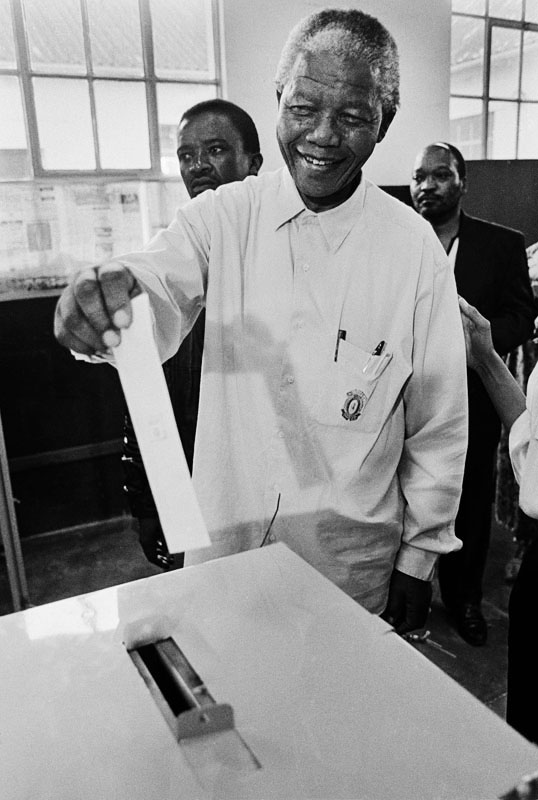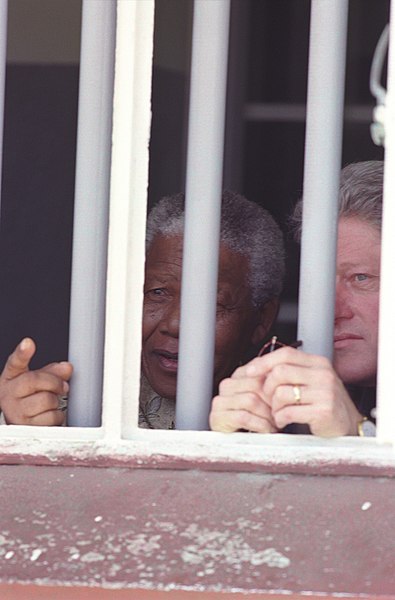How did one of the most famous political prisoners of all time end up in prison? What system did he have a part in taking down? This week, we discuss the strange legal maneuvers South Africa’s racist government used to stay in power, and the court case that changed the way the world reacted to the apartheid system.
Content notes: This episode contains discussion of the South African apartheid system, which includes some language in its legal divisions of race which would not be acceptable terms today.
Featured image: Nelson Mandela casts his vote for the very first time in the 1994 elections. (Image source)

Women of color protest pass laws in 1913. (Image source)
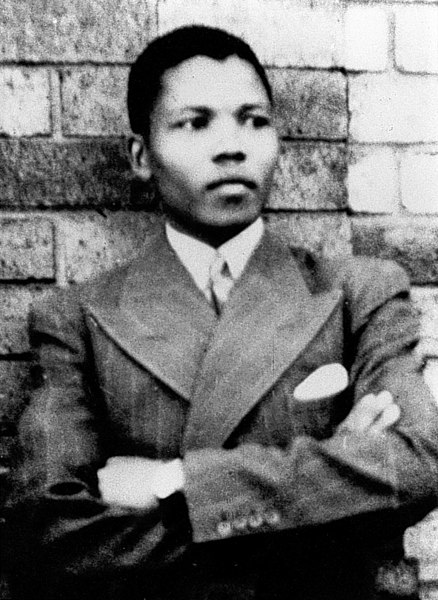
Nelson Mandela at age 19. (Image source)
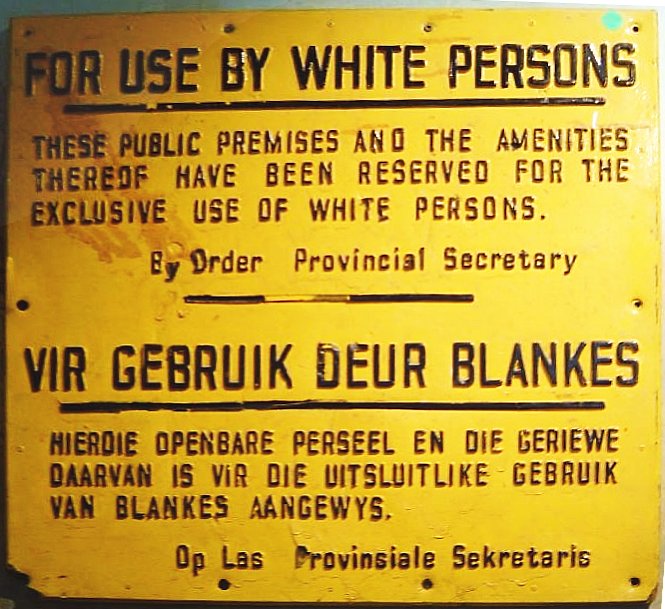
A sign from South Africa enforcing the apartheid system. (Image source)
A South African building with separate entrances for whites and non-whites. (Image source)
An actor reads the famous I Am Prepared To Die speech.
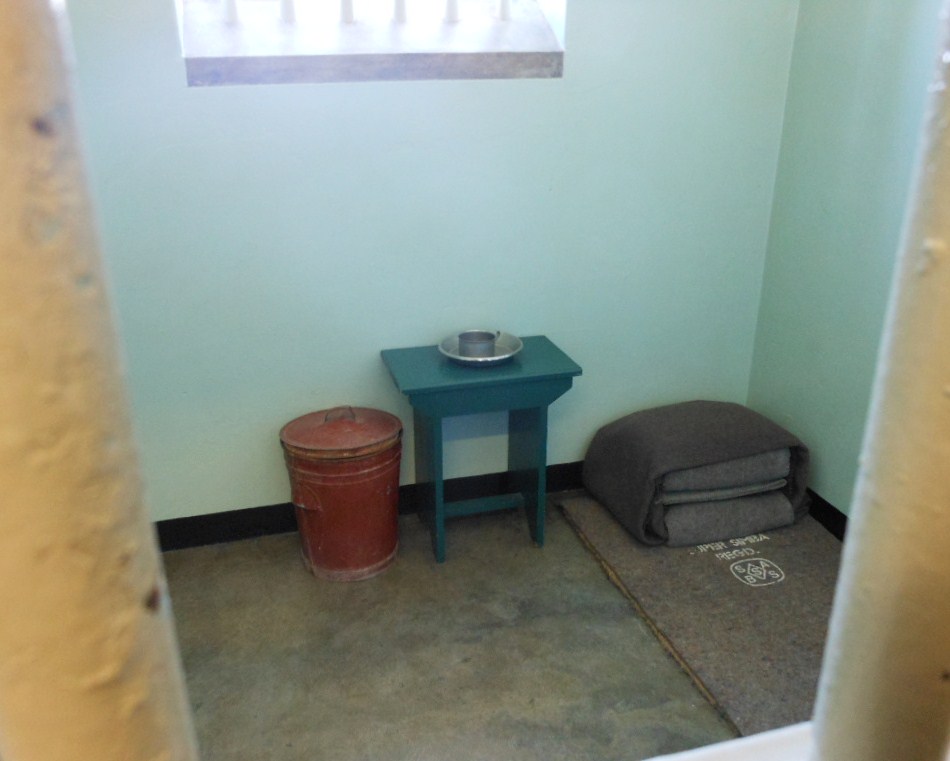
Mandela’s cell at Robben Island Prison. (Image source)

A protest in support of Mandela in Germany in the 1980s. (Image source)

A Boycott Apartheid campaign bus in London in 1989. (Image source)
Mandela in 1994, on his first trip to the United States. (Image source)
Bill Clinton and Mandela on a visit to the prison at Robben Island in 1998. (Image source)
Sources
- Suppression of Communism Act, 1950
- Here’s Why Nobody In South Africa Gets A Jury Trial Including Oscar Pistorius
- Nelson Mandela: CIA tip-off led to 1962 Durban arrest
- Nelson Mandela, Communist
- “Black Man in a White Court” Nelson Mandela’s First Court Statement – 1962
- Nkosi Sikelel’ iAfrika
- Operation Mayibuye
- THE STATE against NELSON MANDELA and OTHERS
- I Am Prepared To Die speech, read by Lucian Msamati
- Nelson Mandela’s legacy: As a leader, he was willing to use violence
- Winnie Mandela: the turbulent life of the woman who went from ‘Mother of the Nation’ to ‘mugger’
- Nelson Mandela, South Africa’s Liberator as Prisoner and President, Dies at 95
- Nelson Mandela death: Full text of Barack Obama tribute
